729078
3,4-Ethylenedithiothiophene
Sinónimos:
3,4-Ethylenedithiothiophene, 2,3-Dihydrothieno[3,4-b][1,4]dithiine, 3,4-Ethylenedisulfanylthiophene, EDTT
Iniciar sesiónpara Ver la Fijación de precios por contrato y de la organización
About This Item
Fórmula empírica (notación de Hill):
C6H6S3
Número de CAS:
Peso molecular:
174.31
MDL number:
UNSPSC Code:
12352103
PubChem Substance ID:
NACRES:
NA.23
Productos recomendados
form
liquid
Quality Level
refractive index
n20/D 1.685
density
1.374 g/mL at 25 °C
storage temp.
2-8°C
SMILES string
C1CSc2cscc2S1
InChI
1S/C6H6S3/c1-2-9-6-4-7-3-5(6)8-1/h3-4H,1-2H2
InChI key
HPGNGICCHXRMIP-UHFFFAOYSA-N
General description
3,4-Ethylenedithiothiophene (EDTT) is a dithiin based conducting polymer that is a sulfur analog of 3,4-ethylendioxythiophene (EDOT) that is majorly used in optoelectronic and electrochemical devices.
Application
EDTT can be electrochemically oxidized in acetonitrile to form poly(EDTT) films on the surface of the electrodes, which can be used in the fabrication of organic light emitting diodes (OLEDs) and organic photovoltaics (OPVs).
Elija entre una de las versiones más recientes:
Certificados de análisis (COA)
Lot/Batch Number
¿No ve la versión correcta?
Si necesita una versión concreta, puede buscar un certificado específico por el número de lote.
¿Ya tiene este producto?
Encuentre la documentación para los productos que ha comprado recientemente en la Biblioteca de documentos.
Mathieu, T.; et al.
Macromolecules, 38, 6806-6812 (2005)
Functionalized 3, 4-ethylenedithiathiophenes (EDTTs) as building blocks for poly (3, 4-ethylenedithiathiophene)(PEDTT) derivatives.
Blanco R, et al.
Tetrahedron Letters, 49(13), 2056-2059 (2008)
Randriamahazaka, H.; Sini, G.; Tran Van, F.
The Journal of Physical Chemistry C, 111, 4553-4560 (2007)
Redox doping behaviour of poly (3, 4-ethylenedithiothiophene)-The counterion effect.
Domagala W, et al.
Optical Materials, 33(9), 1405-1409 (2011)
Thierry Darmanin et al.
Journal of colloid and interface science, 466, 413-424 (2016-01-16)
Controlling the formation of surface nanostructures and nanotubes in particular is extremely important for various applications in electronic devices for energy systems, biosensing but also for the control of water adhesion. Here, we use a direct (without template) electropolymerization process
Nuestro equipo de científicos tiene experiencia en todas las áreas de investigación: Ciencias de la vida, Ciencia de los materiales, Síntesis química, Cromatografía, Analítica y muchas otras.
Póngase en contacto con el Servicio técnico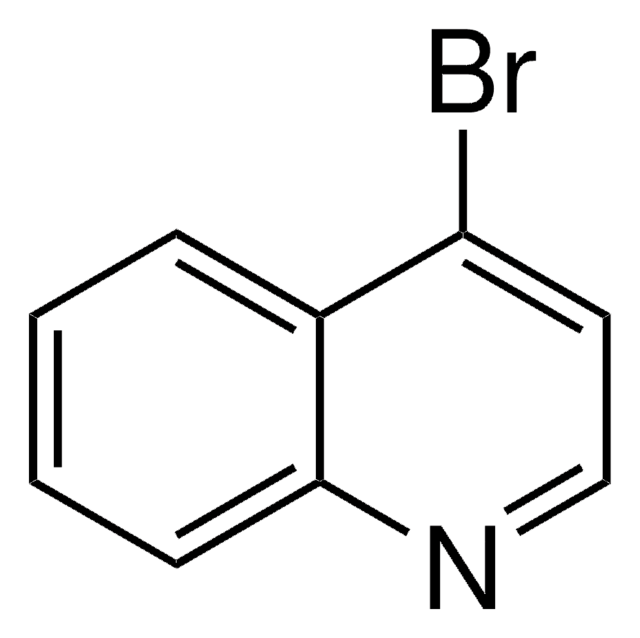

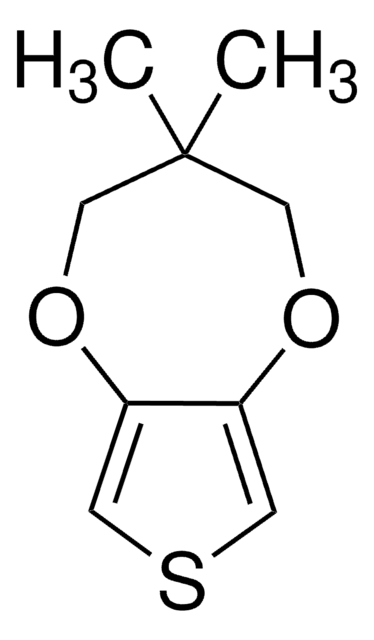
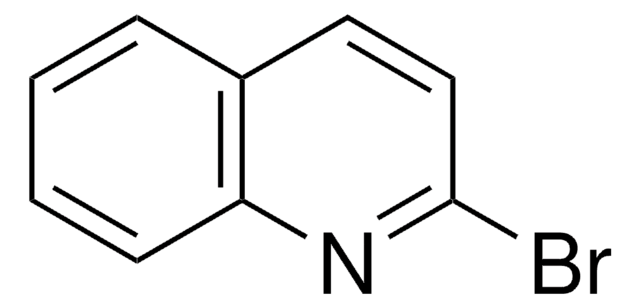


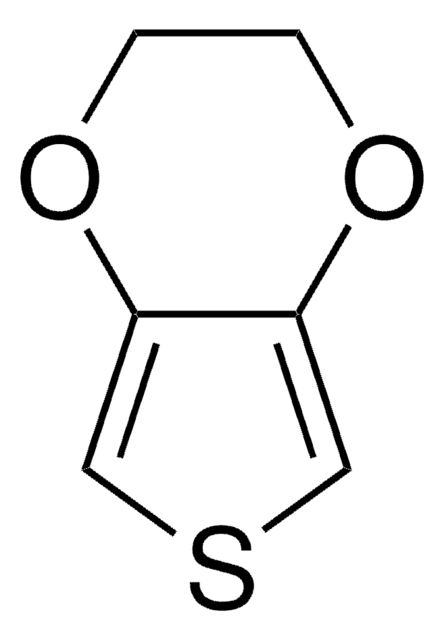

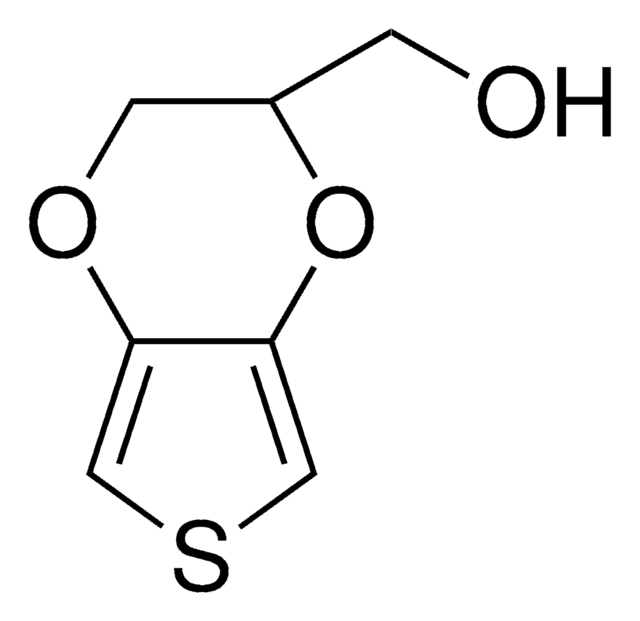
![[Pd(OAc)2]3 reagent grade, 98%](/deepweb/assets/sigmaaldrich/product/structures/508/249/99a0ef2c-b77c-4d73-8ed9-0cca05b6b41f/640/99a0ef2c-b77c-4d73-8ed9-0cca05b6b41f.png)
